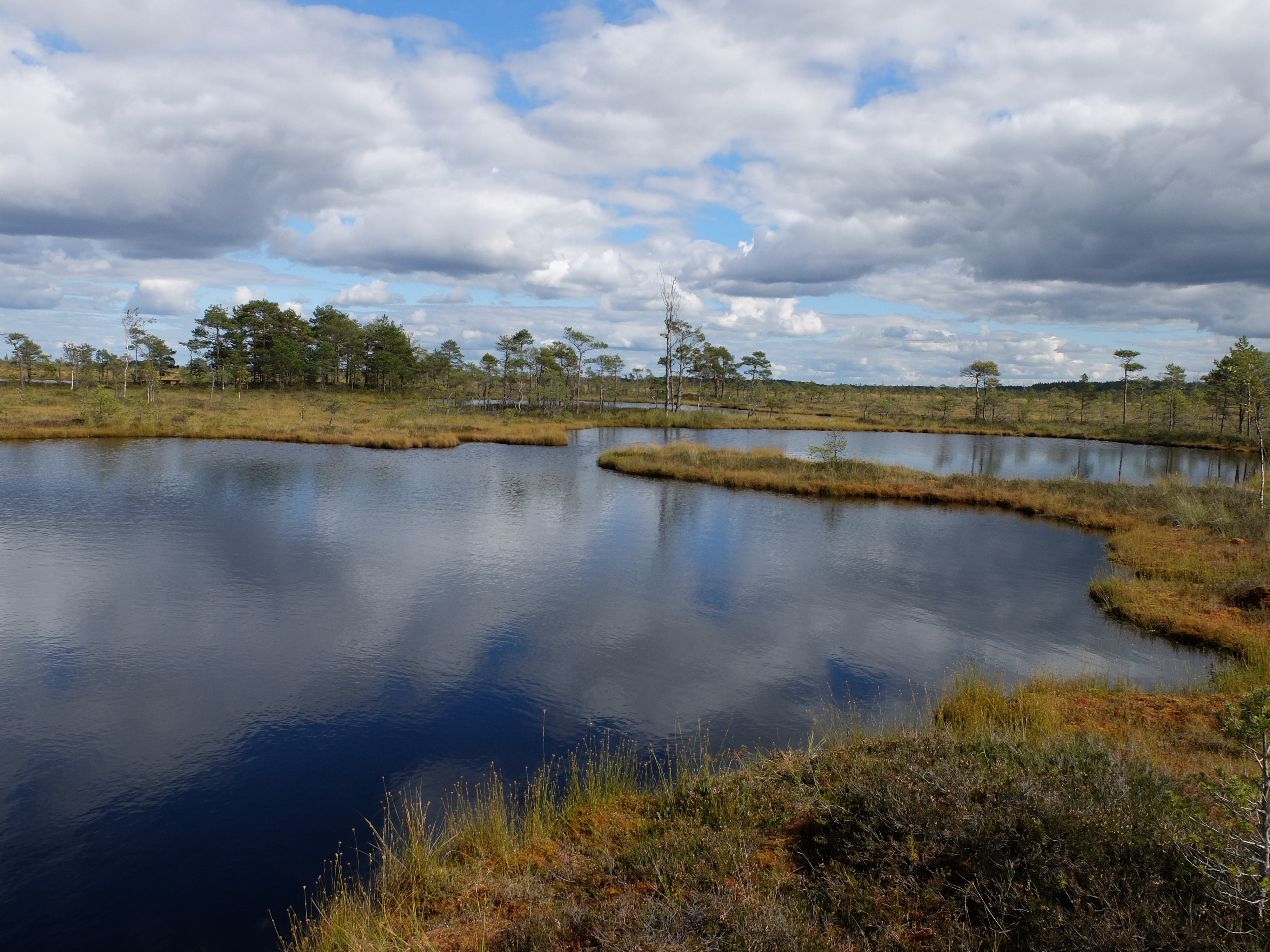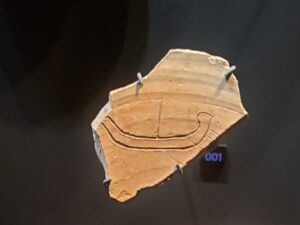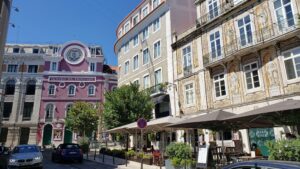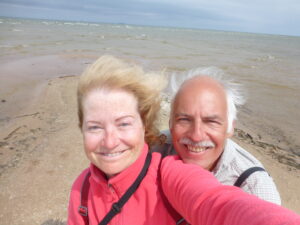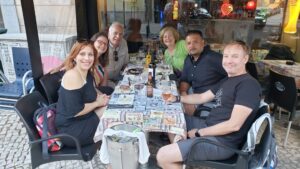
Wet and wild, a peat bog is a landscape that literally does not want to let go of you.
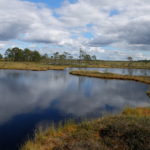
In late August, we walked and canoed about 10 – 15 kilometers through Kuresoo, at about 11000 hectares the largest of the bogs in Soomaa National Park. Soomaa, or “land of bogs,” is a wet Estonian wilderness of “large peat-bogs and thick forests interwoven by numerous rivers and the floodplains that border them.”

The various rivers are easy flowing channels that meander through rushes, grasslands and forest during most of the year. But Soomaa boasts a fifth season, when snows melt and these local rivers overflow into this already soggy area.

From afar, the bog looks a lot like African savannah, wide open spaces with stray trees, yet with one big difference. It’s completely soggy. The ground in the forests is so wet that we needed high welly boots to stay dry. On the bogs, we had to shift to bog shoes, a cousin to snowshoes, to keep us from sinking in the spongy, mushy ground. Walking is hard work anyway. Most of the time you feel you’re walking on a waterbed or trampoline.
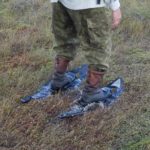
Often, the terrain starts to sink, threatening to swallow your footwear. Then every step requires pulling up against the vacuum suck of the turf. Stop for a bit in the wrong place and your whole foot can sink in. Don’t worry, said our guide; in that case, just lie down and crawl to solider ground – like the moose do, kneeling as they go. The few trees that survive here look like bonsai trees, starved of nutrition by the spongy plantlife.

Crazy as it is to walk on, the bog is even weirder. You don’t descend into a lower bowl area as you might expect. You slosh upward about 8 meters of altitude from the lower end of Kuresoo to the upper part. The bog’s complex mush of living plants and organisms are constantly rising higher and higher, about a meter every 1000 years, as new growth surmounts the old. The regular forest of pine and birch is down below.
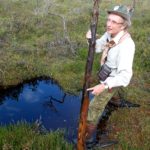
Even small pools become impossibly deep, like the one from which our guide pulled a vertical tree trunk. When the region floods, the bogs poke up as islands above the flood-level.
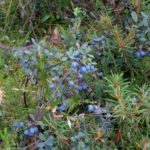
Once, until the last glacial ice age passed around 13000 years ago, Soomaa was a bay of the Baltic sea, but since then has gradually filled in with plant-life.
There are big animals around here (bear, moose, elk, wild boar), for the bog and wet forest offer a smorgasbord of food – mushrooms, berries of all sorts (which are hard to stop eating once you start picking), worms and insects, leaves and grasses.

But the hidden life is the most plentiful, like the minuscule crabs on the submerged tree trunk or the tiny insects trapped for food by the tiny flowerets on soggy plants or the thousands of little frogs. The heaving and sinking land feels alive as you walk on it, and proves just as full of living things.
(Also, for more pictures from Estonia and the Baltics, CLICK HERE to view the slideshow at the end of the Baltics itinerary page.)


